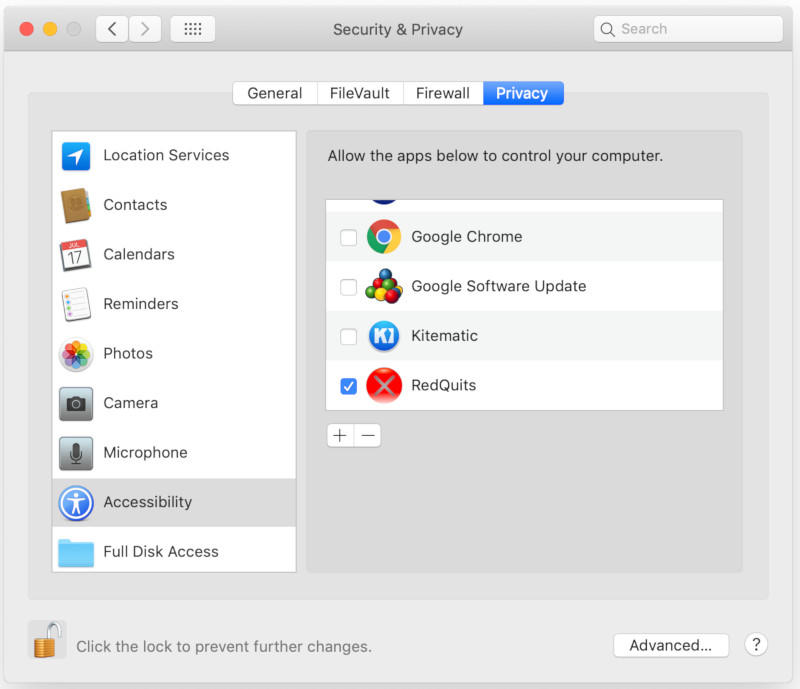

- #Docker for mac and kitematic install
- #Docker for mac and kitematic code
- #Docker for mac and kitematic download
Yay! Running containers on the local host networkĭocker for Mac also includes a DNS server for containers. You can do that by running the following command: unset DOCKER_TLS_VERIFYĪs you can see in the screenshot above, unsetting the variables enabled me to start building Hugo. If it returns an output (as shown in my screenshot above), you need to unset the DOCKER environment variables. If this command returns no output, you are ready to use Docker. In a first step you need to check whether Toolbox DOCKER environment variables are set. It looked like Docker for Mac had some problems, due to my installed Docker toolbox. You might experience this conflict with your Docker Toolbox (see screenshot below). If you’re now opening up your terminal (and you’ve been using Docker Toolbox before) you might run into the same problem as I did.
#Docker for mac and kitematic install
dmg file and you’ll drag the Docker app in your applications folder.ĭocker might ask you for some root permissions to install some things.Īfter you’re done with the installation process, a little helper will appear in the OS X bar.
#Docker for mac and kitematic download
In order to get started, you need to download Docker for Mac:īe aware, that it still is in public beta, and Docker claims that some functionalities might change before a public release.Īfter you’ve downloaded the file, you’ll see that it’s the standard installation process, similar to a lot of other OS X applications.

Docker’s official documentation recommends making sure that all Docker environment variables are unset (see detailed installation process below). If you’ve already been using Docker via the Docker Toolbox, you might wonder how the native Docker for Mac influences your existing projects.īefore installing Docker for Mac, I’d recommend checking out this official comparison of Docker for Mac vs Docker Toolbox.īasically, you can use Docker for Mac and Docker Toolbox together on the same machine. You don’t need docker-machine to run Docker for Mac. And most importantly: No more VirtualBox!

While you might have encountered a couple of problems and errors with your Docker Toolbox, it seems pretty promising. Or as Noah Zoshke stated: Docker for Mac is a game changer. Docker for Mac is a game changer.ĭocker for Mac is the latest offering for Mac which runs as a native OS X application and uses xhyve to virtualize the Docker Engine environment and Linux kernel-specific features.īecause Docker for Mac allows you to easily run Docker as a native app on your Mac.
#Docker for mac and kitematic code
Though, don’t forget it’s still beta.Īnd according to the official documentation Docker for Windows and Docker for Mac share some common code base, however it seems that Docker for Windows still is a bit more beta. Therefore you can download Docker for Mac & Windows for free.

Since June 20th, you can get Docker for Mac & Windows in public beta. In March this year, Docker finally announced and released a native support for Mac and Windows.ĭocker started with a closed beta, only providing access to a couple of early adopters. Docker for Mac is publicly available since June 20th. So, today I’m very excited to share our first review of Docker for Mac with you. And we’re not only big fans, but also making use of Docker for a couple of microservices, websites and minor apps we’ve built.


 0 kommentar(er)
0 kommentar(er)
